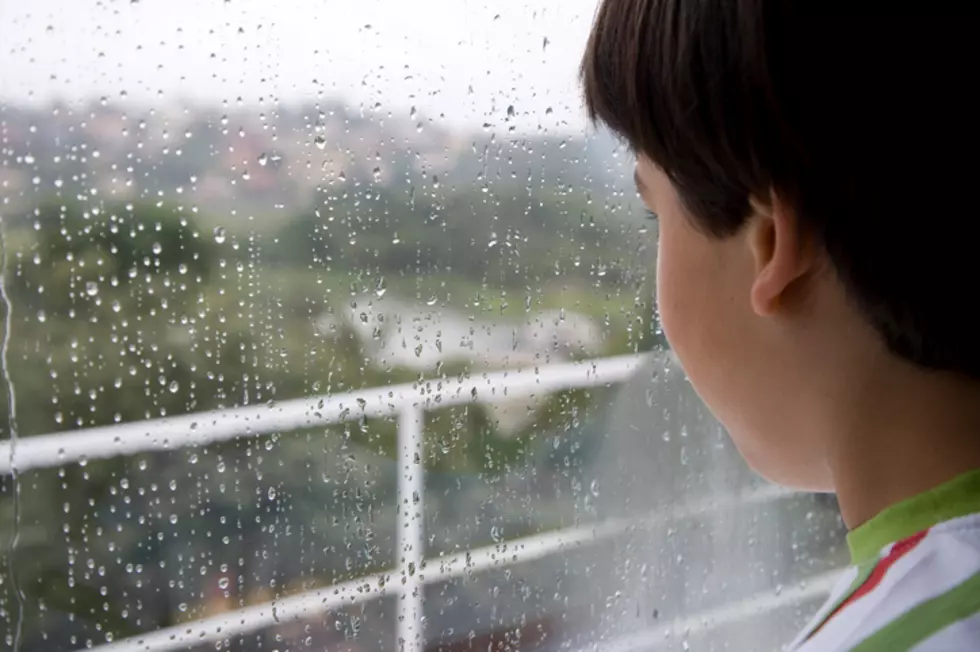
January Weather in Yakima Looking Wet but Some Snow Mid-Month
New Year, New Month, Same Weather as we've had for the past couple of weeks. That's about what January is looking like, at least for now.
We've had that kind rainy, kinda wet, kinda soggy; that 'feel the mist on your face' kind of weather the past couple of weeks and it looks like that's about how it's gonna stay, at least for a little while.
Although it seems like it wants to snow so badly in Yakima, and there's a chance we may get a bit of snow some mornings when it's cold enough, the next forecast for snow isn't until the middle of the month around the 17th of January.
The 17th of January is looking about the perfect conditions for snow, too. Great chance and cold enough for wet snow. Though we didn't have White Christmas this year, you can still have some fun with some sleds and building snowmen starting around then and it could last a few days. We'll see closer to time.
Before then, though, it should just be coldish but cloudy skies with enough sunshine mixed in as needed.
I'll keep an eye on weather patterns (and by weather patterns I mean the local weather websites) and follow more closely to the middle of the month on what we're looking at for snow in the valley.
LOOK: The most expensive weather and climate disasters in recent decades
Gallery Credit: KATELYN LEBOFF
TIPS: Here's how you can prepare for power outages
KEEP READING: Get answers to 51 of the most frequently asked weather questions...
KEEP READING: What to do after a tornado strikes
LOOK: The most extreme temperatures in the history of every state
Gallery Credit: Anuradha Varanasi
More From 92.9 The Bull







